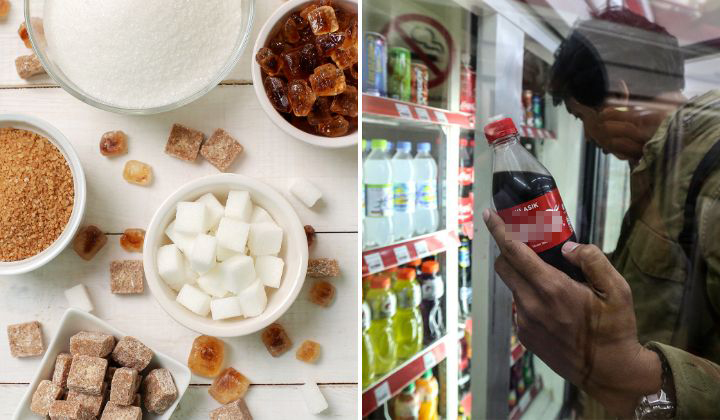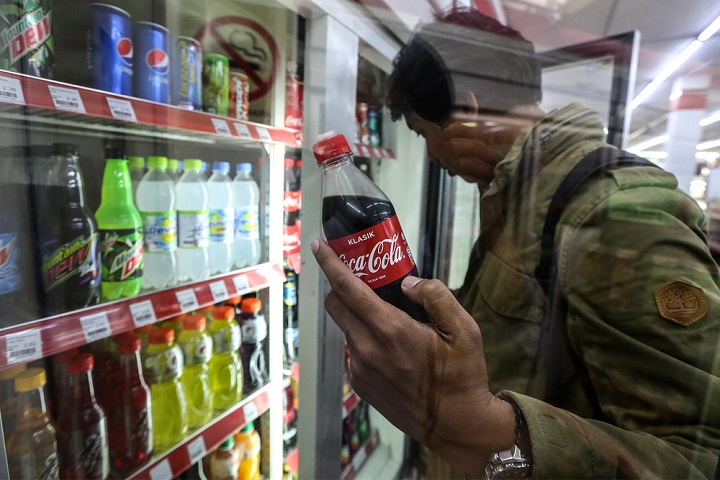Aspartame To Be Classified “Possible Carcinogen” But Does It Cause Cancer?
The WHO International Agency for Research on Cancer (IARC) is set to declare aspartame as a possible carcinogen and the lack of explanation has caused the public to worry.

Subscribe to our Telegram channel or follow us on the Lumi News app for the latest stories and updates.
The International Agency for Research on Cancer (IARC), the World Health Organization’s (WHO) cancer research arm, is expected to declare aspartame, one of the world’s most common artificial sweeteners, as a possible carcinogen on 14 July.
Unsurprisingly, this announcement with a lack of explanation and clarification caused panic among the public.
Industry and regulators have criticised IARC’s lack-thereof explanation for causing unnecessary confusion among the people.
The misinterpretation and misrepresentation of IARC’s classification for aspartame also sparked worries that it would undermine public health and science literacy.
According to Reuters, the IARC planned to list aspartame as a possible carcinogen to motivate more research and draw firmer conclusions.
Understanding IARC’s classification system
First things first, we have to understand the classification used by IARC.
The list of possible carcinogens is categorised into four possible groups:
- Group 1 – carcinogenic to humans. Includes alcohol, processed meat, certain types of HPV, and ionising radiation. Also include professions such as hairdresser or barber.
- Group 2A– probably carcinogenic to humans. Includes red meat, working overnight, and outdoor air pollution.
- Group 2B– possibly carcinogenic to humans. Only limited evidence of possible carcinogenicity in humans and sufficient evidence of carcinogenicity in experimental animals. Includes mobile phones, gasoline, aloe vera, pickled vegetables, radiofrequency magnetic fields, naphthalene, kava extract, and gingko biloba extract. Also includes professions such as carpentry, joinery or working with bitumen, dry cleaning, and textile manufacturing industries.
- Group 3 – not classifiable as to its carcinogenicity in humans. Includes some kinds of anaesthetics, silicone breast implants, and hair dyes.
Aspartame is classified under Group 2B.

So what does this mean?
Remember: The dose makes the poison.
While the IARC uses the list to assess whether something is a potential hazard or not based on published evidence, it does not factor dosage or route of exposure into account.
The Joint WHO and Food and Agriculture Organization’s Expert Committee on Food Additives (JECFA) will reportedly make that decision in a separate report.
Aspartame has been studied for decades and has been proven to be safe for consumption within accepted daily limits.
According to the US Food and Drug Administration, the acceptable recommended intake for aspartame is up to 50mg per kg of body weight each day.
However, the European Food Safety Authority (EFSA) puts the safe limit lower at 40mg per kg of body weight per day.
For aspartame to pose a risk, an adult weighing 60kg would have to drink between 12 and 36 cans of diet soda daily (depending on the amount of aspartame in the drink).
Long story short, it’s safe to consume aspartame but within the safe limit.
Aspartame has long been seen as a great sugar substitute, especially for those with obesity and diabetes.
The artificial sweetener is said to be 200 times sweeter than table sugar (sucrose) but only needs a small amount to achieve the desired flavour.
Aspartame does NOT cause cancer. #Aspartame pic.twitter.com/4HPDTbtmeu
— Dr Karan (@drkaranrajan) June 30, 2023
Share your thoughts with us via TRP’s Facebook, Twitter, and Instagram.





